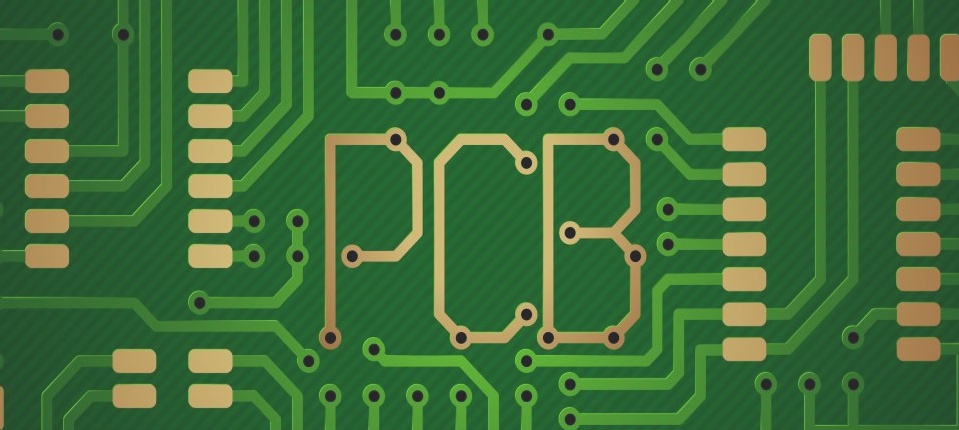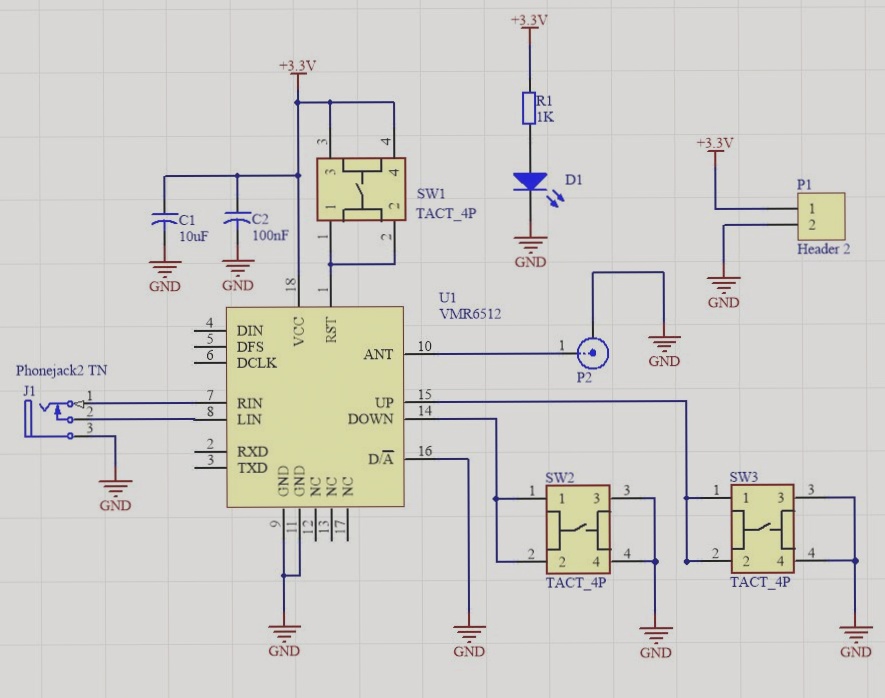The Evolution of PCB Technology and Multi-Layer Board Lamination
With the rapid advancement of electronic technology, printed circuit technology has made significant progress. PCB boards have transitioned from single-sided and double-sided to multi-layered boards, with the prevalence of multi-layer boards increasing each year. The performance of multi-layer boards continues to improve in terms of precision, density, intricate details, and diverse sizes. In particular, the lamination process plays a crucial role in the manufacturing of multi-layer boards, emphasizing the importance of ensuring high-quality lamination.
Key Recommendations for Enhancing Multi-Layer Board Lamination Quality
- Designing the Inner Core Board:
- Choose the core board thickness based on the total multi-layer board thickness to maintain uniformity with minimal deviation.
- Ensure consistency in the latitude and longitude directions of each inner core board, especially for boards with more than 6 layers, to prevent bending.
- Maintain a significant distance between the core board’s outer dimensions and the effective unit to reduce material wastage.
- Design positioning holes to minimize layer deviation in multi-layer boards, with specific recommendations based on the board’s layer count.
- Ensure the inner core board is free of any defects such as openings, shorts, open circuits, oxidation, and residual film.
As laminating machine technology progresses, the lamination process becomes increasingly sophisticated. Understanding and implementing these recommendations can significantly enhance the quality of multi-layer board lamination, ensuring optimal performance and reliability in electronic applications.


